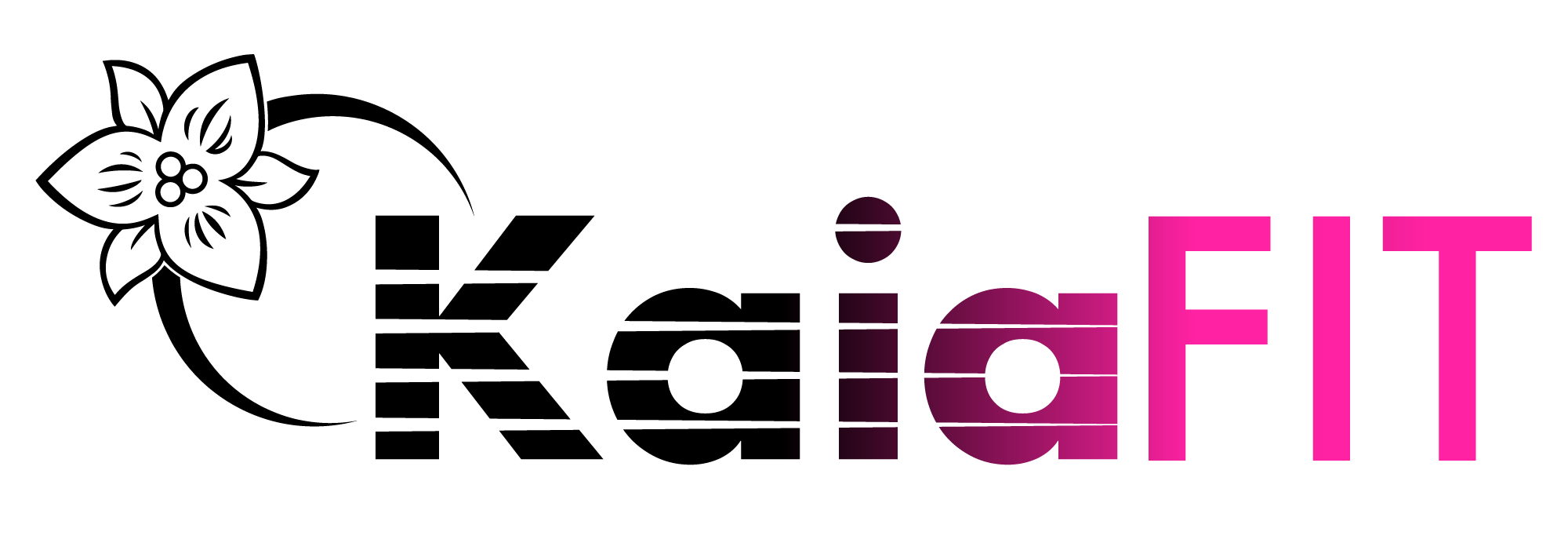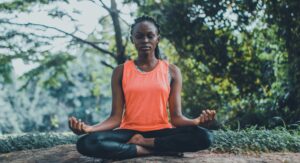Women’s bodies undergo significant changes throughout their lives, influenced by hormonal shifts, physical growth, and aging.
Understanding how these changes impact fitness needs can help in designing effective workout routines that promote strength, flexibility, and overall well-being at every stage.
Let’s explore how to tailor workouts for different life phases and changing bodies: puberty, adulthood, pregnancy, postpartum, perimenopause, and menopause.
Puberty: Building a foundation
Changes:
During puberty, girls experience rapid growth, the development of secondary sexual characteristics, and the onset of menstruation. These changes can affect energy levels, coordination, and muscle development.
Workout suggestions:
- Cardiovascular exercise: Activities like swimming, cycling, and running help build cardiovascular health and endurance.
- Strength training: Bodyweight exercises such as squats, lunges, and push-ups can help develop muscle strength and bone density.
- Flexibility: Incorporating yoga or stretching routines can improve flexibility and reduce the risk of injury.
Sample routine:
- Warm-up: 5 minutes of light jogging or brisk walking
- Strength: 3 sets of 10-12 squats, lunges, and push-ups
- Cardio: 20 minutes of running or cycling
- Flexibility: 10 minutes of yoga or stretching
Adulthood: Maintaining balance
Changes:
In adulthood, women often face busy schedules, stress, and sometimes weight gain. Regular exercise is crucial for maintaining physical and mental health, even when we’re not considering how much our bodies have already changed or will change in the future.
Workout suggestions:
- High-intensity interval training (HIIT): Efficient and effective for burning calories and improving cardiovascular health.
- Strength training: Incorporate free weights, resistance bands, or gym machines to maintain muscle mass.
- Mind-body exercise: Practices like Pilates and yoga enhance flexibility, reduce stress, and improve core strength.
Sample routine:
- Warm-up: 5-10 minutes of dynamic stretching
- HIIT: 20 minutes alternating between 30 seconds of intense exercise (e.g., sprints, burpees) and 30 seconds of rest
- Strength: 3 sets of 8-10 reps of dumbbell exercises (e.g., bicep curls, shoulder presses)
- Cool-down: 10 minutes of yoga or deep stretching
Pregnancy: Adapting for safety
Changes:
Pregnancy brings significant physical changes, including weight gain, joint loosening due to hormonal shifts, and changes in the center of gravity. Exercise can alleviate discomfort and improve overall well-being, but it should be approached with caution.
Workout suggestions:
- Low-Impact cardio: Walking, swimming, and prenatal aerobics classes help maintain cardiovascular health.
- Strength training: Focus on light weights and bodyweight exercises to maintain muscle tone without straining the body.
- Pelvic floor exercises: Kegel exercises strengthen the pelvic floor muscles, which is crucial during pregnancy and postpartum.
Sample routine:
- Warm-up: 5-10 minutes of light walking
- Cardio: 20-30 minutes of swimming or using an elliptical machine
- Strength: 2-3 sets of 12-15 reps of bodyweight exercises (e.g., modified squats, seated rows with resistance bands)
- Pelvic Floor: 3 sets of 10 Kegel exercises
Postpartum: Recovery and rebuilding
Changes:
One of the biggest changes our bodies go through is pregnancy. Postpartum recovery involves healing from childbirth and adjusting to the physical and emotional demands of caring for a newborn. Gradually reintroducing exercise is essential for rebuilding strength and energy.
Workout suggestions:
- Gentle cardio: Walking and low-impact activities help reintroduce cardiovascular exercise.
- Core strengthening: Focus on rebuilding core strength with gentle exercises like pelvic tilts and modified planks.
- Strength training: Gradually reintroduce light weights and resistance bands to regain muscle tone.
Sample routine:
- Warm-up: 5-10 minutes of gentle walking
- Cardio: 20 minutes of low-impact activities like walking or using a stationary bike
- Core: 2-3 sets of 10-12 pelvic tilts and modified planks
- Strength: 2-3 sets of 10-12 reps of lightweight exercises (e.g., bicep curls, lateral raises)
Perimenopause: Preparing for transition
Changes:
Perimenopause, the transition period before menopause, brings hormonal fluctuations that can cause weight gain, muscle loss, and changes in energy levels.
Workout suggestions:
- Strength training: Essential for combating muscle loss and maintaining metabolism.
- Cardio: Regular aerobic exercise helps manage weight and improves heart health.
- Flexibility and balance: Yoga and Pilates can alleviate joint stiffness and improve balance.
Sample routine:
- Warm-up: 5-10 minutes of dynamic stretching
- Strength: 3 sets of 8-10 reps of compound exercises (e.g., squats, deadlifts)
- Cardio: 30 minutes of brisk walking or cycling
- Flexibility: 10-15 minutes of yoga or stretching
Menopause: Embracing new strength
Changes:
When thinking about changing bodies, we often think of menopause. Menopause marks the end of menstrual cycles and can bring symptoms like hot flashes, mood changes, and decreased bone density.
Exercise can alleviate many of these symptoms and improve overall health. Yoga in particular seems to improve all menopausal symptoms when compared to no intervention, and it seems to be at least as effective as other forms of exercise.
Workout suggestions:
- Weight-bearing exercises: Activities like walking, jogging, and strength training help maintain bone density.
- Cardio: Regular cardiovascular exercise improves heart health and helps manage weight.
- Flexibility and balance: Yoga and tai chi enhance flexibility, balance, and mental well-being.
Sample routine:
- Warm-up: 5-10 minutes of light cardio
- Weight-Bearing: 3 sets of 8-10 reps of weight-bearing exercises (e.g., lunges, step-ups)
- Cardio: 30 minutes of moderate-intensity aerobic exercise (e.g., brisk walking, swimming)
- Flexibility: 10-15 minutes of yoga or tai chi
In conclusion
Adapting fitness routines to the changing needs of women’s bodies at different life stages is crucial for promoting long-term health and well-being.
By incorporating strength training, cardiovascular exercise, and flexibility practices, women can maintain their fitness, alleviate symptoms of hormonal changes, and enjoy a higher quality of life throughout every phase. Because Kaia FIT is a fitness and nutrition program designed by women for women, you can ensure proper guidance, understanding, and support throughout your health journey. Kaia coaches understand changing bodies!
Whether you’re navigating puberty, pregnancy, or menopause, there’s a tailored workout plan that can help you stay strong, flexible, and healthy.
Kaia FIT is a women’s fitness and nutrition program that empowers women to become the best version of themselves through personalized coaching in a group environment. We prioritize community to help connect women to each other for additional support and accountability. Caren Roblin is the owner of Kaia FIT Sierra, with four studio locations in Reno-Sparks.




